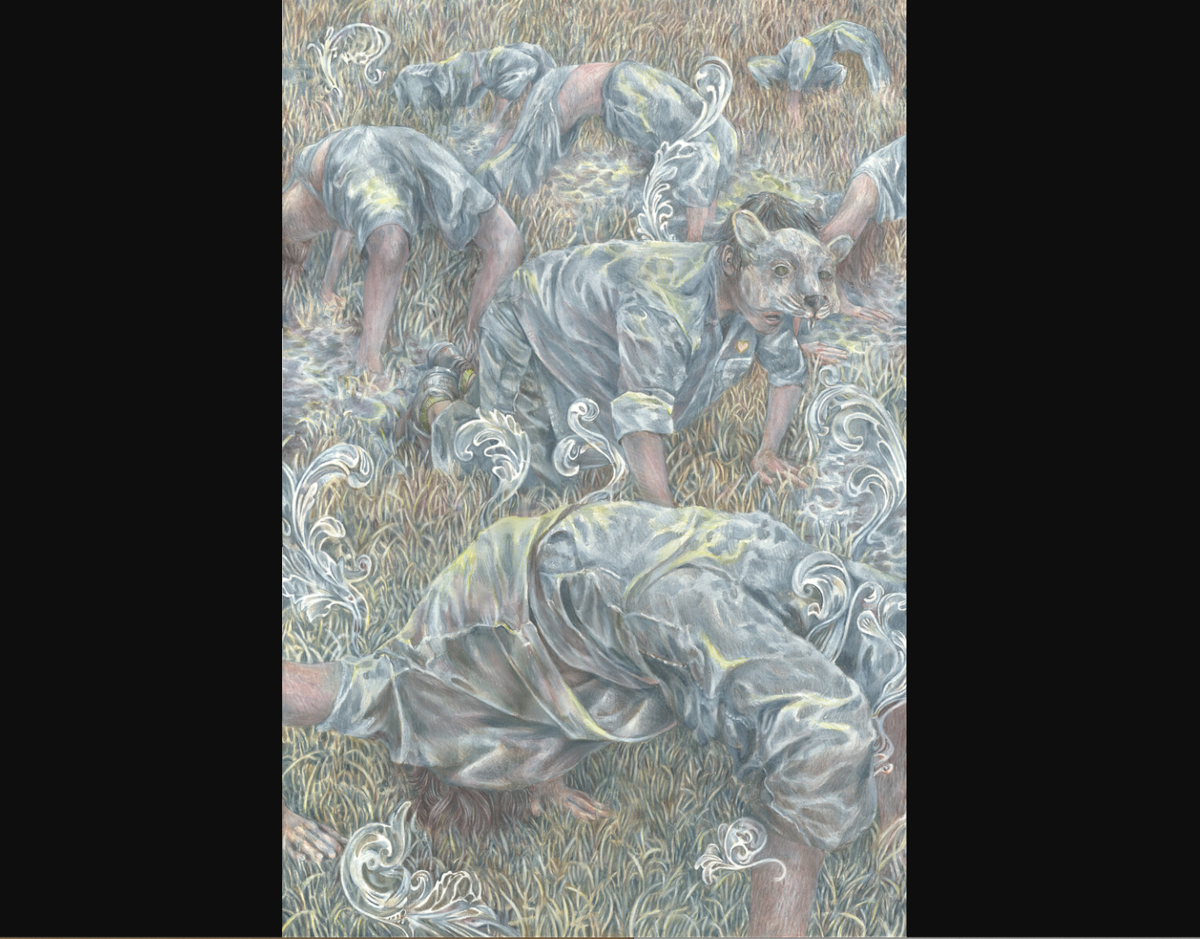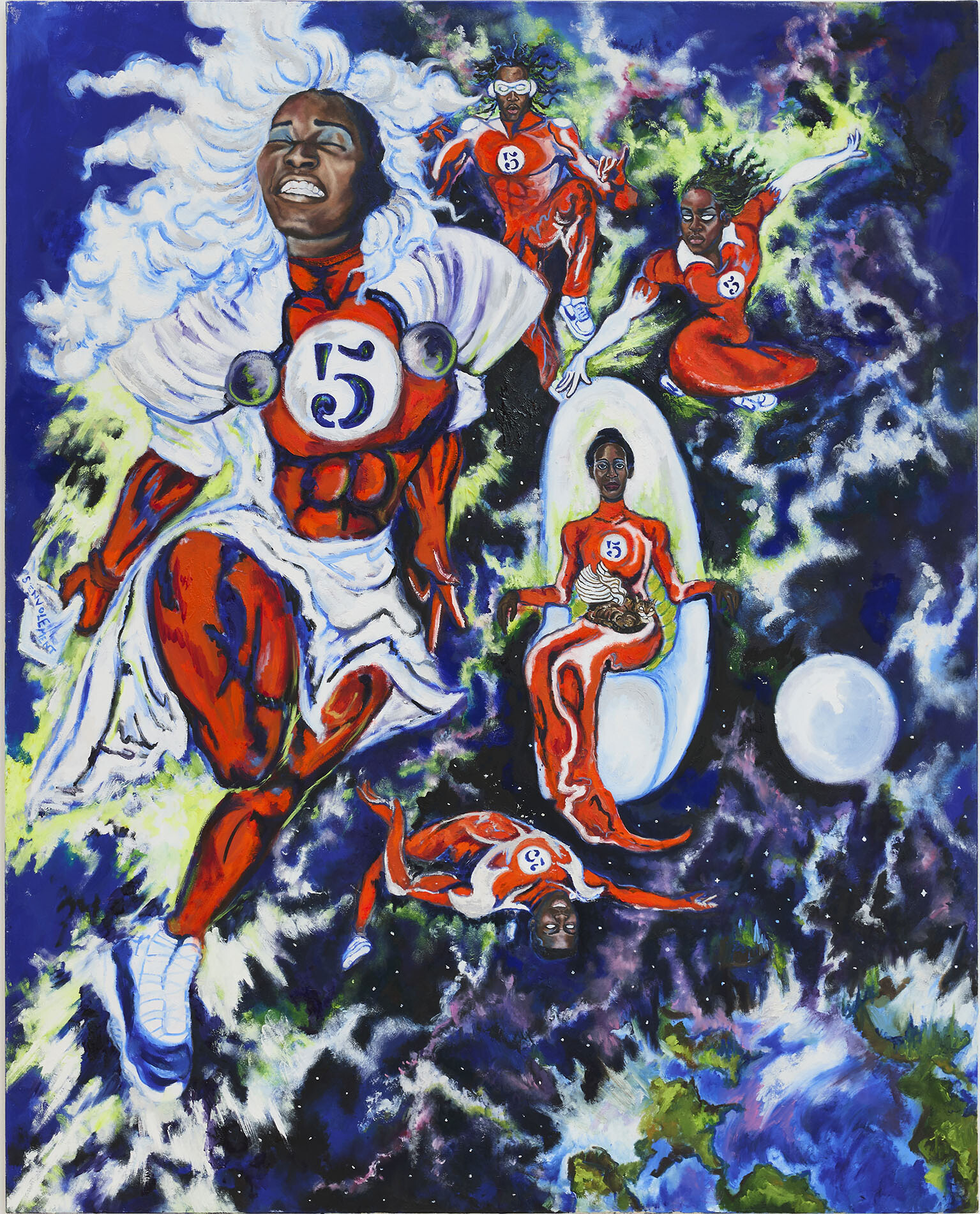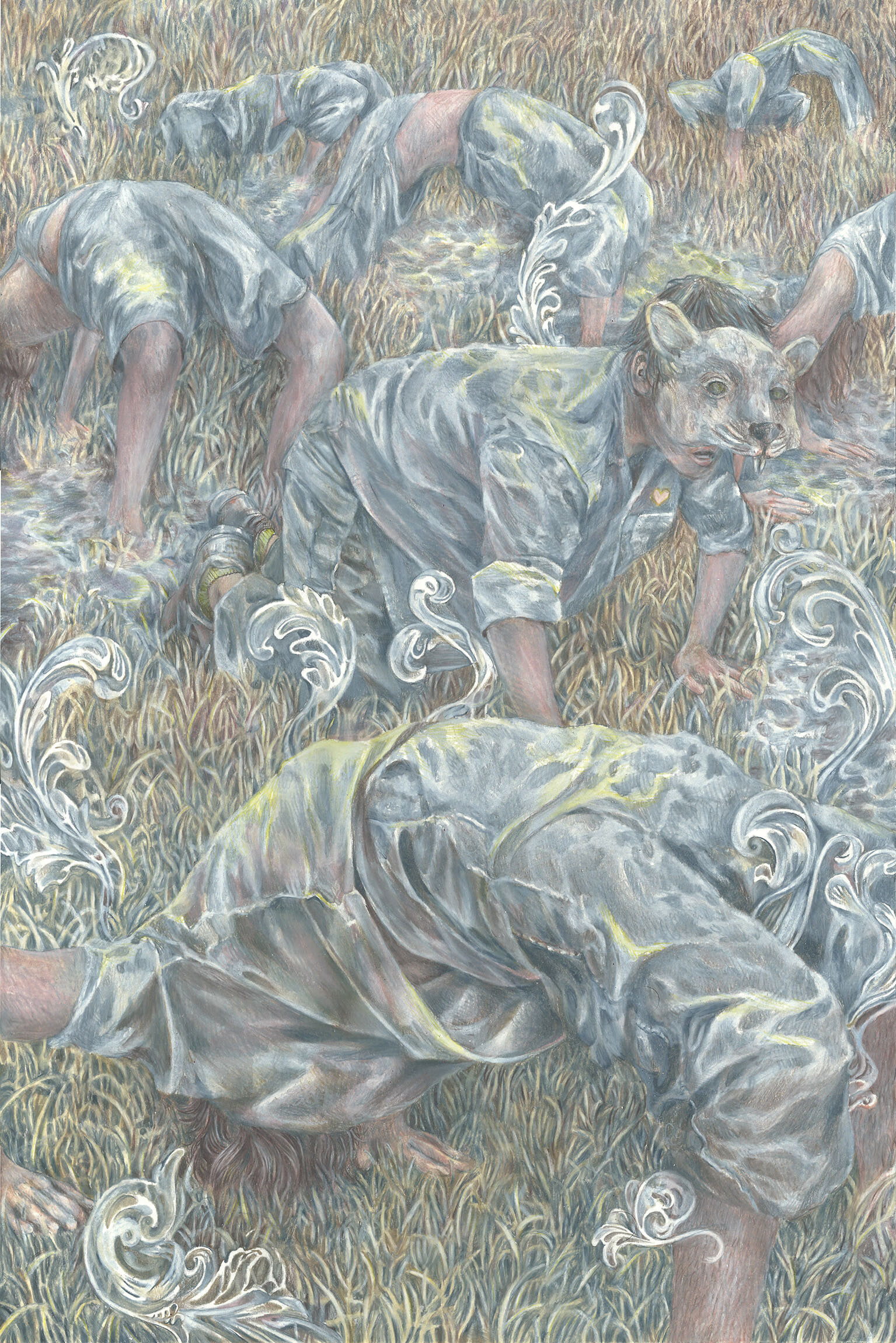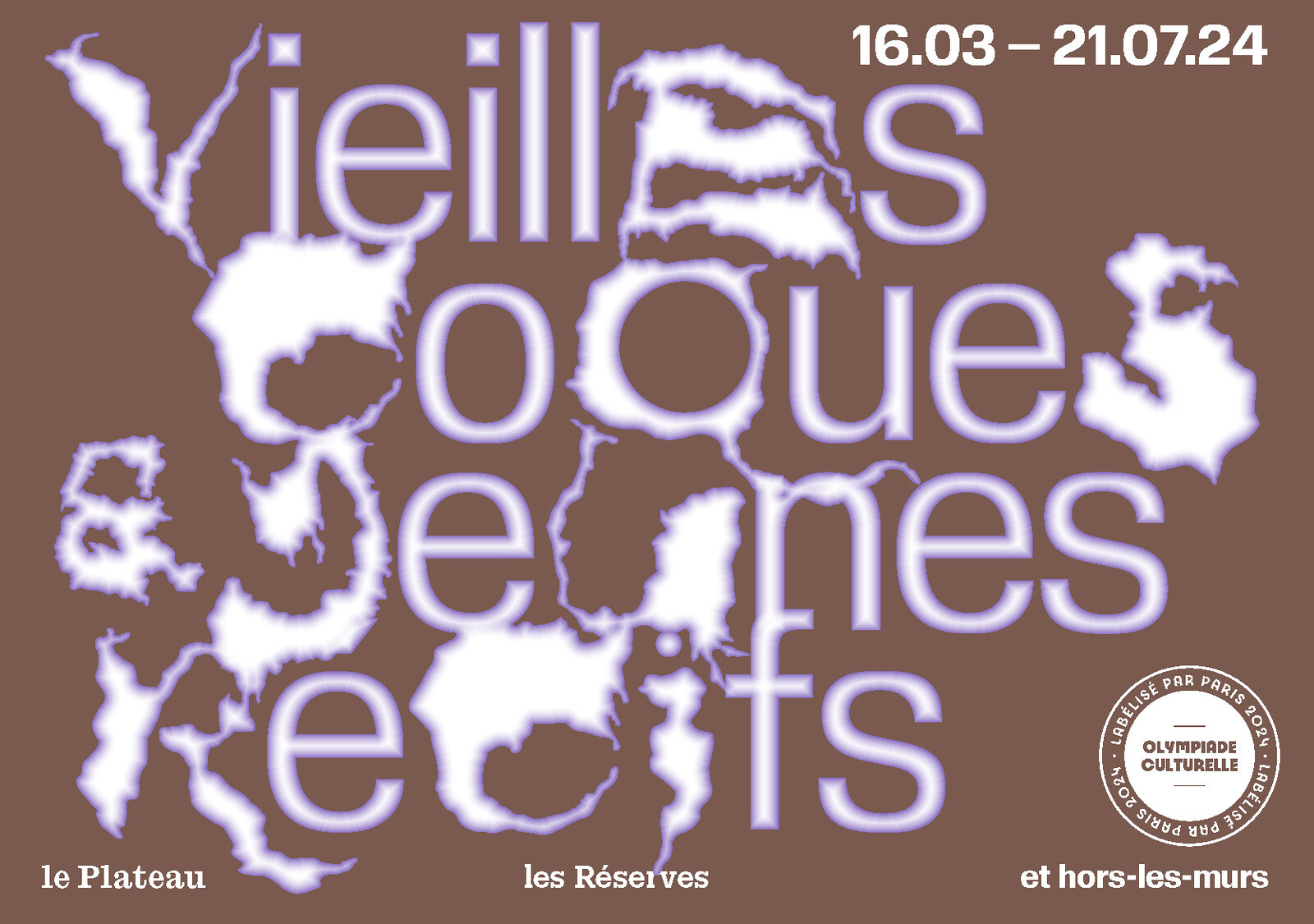(Old Hulls & Young Reefs)
March 16–July 21, 2024
22 Rue des Alouettes
75019 Paris / Romainville
France
Hours: Wednesday–Sunday 2–7pm
A curatorial proposal by Céline Poulin and Alicia Reymond.
With works by: Alex Ayed, Jimmy Beauquesne, Bruno Botella, Eglė Budvytytė, Nina Canell, Nicolas Faubert & Mona Young-eun Kim, Garance Früh, Robin Girod, Hedwig Houben, Camille Juthier, Taus Makhacheva, Ibrahim Meïté Sikely, Tracey Moffatt, Isadora Neves Marques, Ceylan Öztrük, Clara Pacotte, Hatice Pinarbaşi, Prune Phi, Camilo Restrepo, Colin Self, Ketty Steward & L. M. Cantori, Zin Taylor, Eden Tinto Collins, Jeanne Vicerial and Laure Vigna
And scenography by rita elhajj and régis badgassarian.
The title of the exhibition, Old Hulls & Young Reefs, refers to several metaphors: the body as a shell destined for decay, potentially challenged by the beautiful coral that replaces it or, on the contrary, revives it. A medical technique has been developed to strengthen bones by grafting coral.
Physical and psychological bodies, whether real or imagined, evolve in response to the demands and the need for performance, adaptability and treatment. Technological advances enable both survival and improved competitiveness, in the professional sports sector but also, more generally, in all the realms, both public and private, that are part of this global system.
Sci-fi has anticipated these subjects and continues to invent real, augmented and fictional bodies that subtly position themselves in relation to each other and to various ecosystems.
The title also evokes the fact that, contrary to popular belief, sci-fi often draws on very old stories, leaving deep imprints on our imaginations that are hard to pin down, contributing to its skilful ability to shift focus and, in this case too, to regenerate.
The works presented at Le Plateau have one thing in common: they suggest, explicitly or otherwise, that transformations are taking place. These changes take the form of exercises and training (Camille Juthier, Taus Makhacheva), experiments and mutations that are sometimes successful and sometimes unsuccessful (Ceylan Östrük), taking place in various places, from the micro to the macro, in individual and/or collective bodies of varying degrees of fiction (Jimmy Beauquesne). Whether moving forwards or backwards, stretching or curling up (Eglė Budvytytė), the works in this space are positioned within this ambiguity and latency.
The works in Les Réserves bear witness to interactions with other entities (Tracey Moffatt), rituals performed to invoke them, notably through music and song (Robin Girod, Camilo Restrepo, Colin Self). Individual mythologies (Ibrahim Meïté Sikely) emerge through alternative channels and networks of perception and discussion (Prune Phi) and, ultimately, through the co-creation mechanisms that extend them (Nicolas Faubert & Mona Young-eun Kim).
The way in which the works are exhibited and interact is the result of a scenographic interpretation of the American writer Ursula K. Le Guin’s Carrier Bag Theory of Fiction, a structural reflection that constructs narratives of assemblages, supports, articulations, shifts, imbalances and tensions. The scenography, designed by rita elhajj and régis badgassarian, invites us to rethink the role of central elements that are rigid and indissociable from the architecture they support, such as the load-bearing pillars, while at the same time highlighting how the works retain their own autonomy, both within this scenographic body and within the institution itself.
Like a reversible bag, or two parts of the same non-linear story, you can visit the exhibition starting either from Le Plateau and ending in Le Réserves, or vice versa.
This project is part of L’Olympiade Culturelle and of La Métropolitaine, the international contemporary art event for La Métropole du Grand Paris, organised in collaboration with the TRAM Paris/Île-de-France network from May 4 to September 15, 2024.





